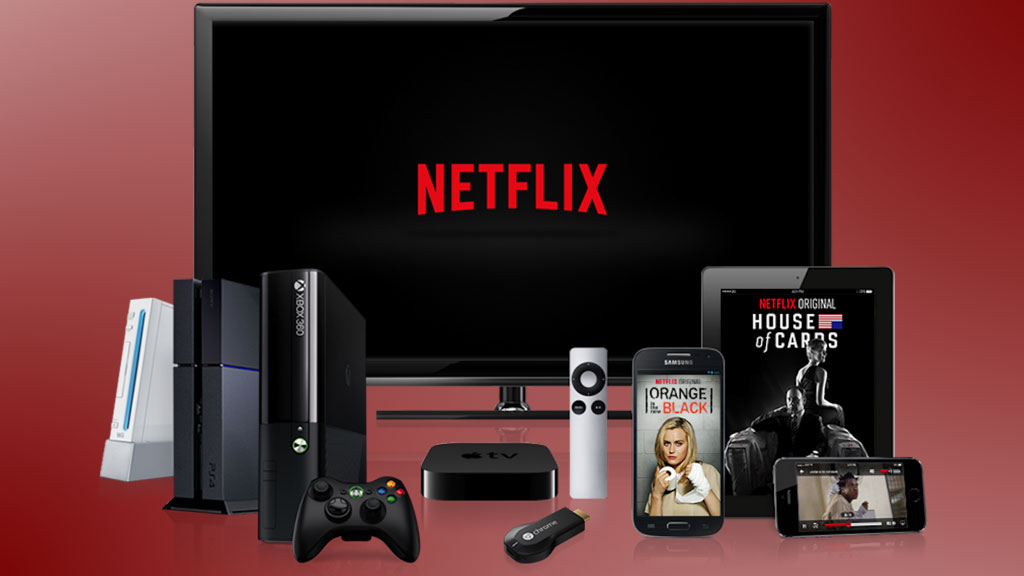
It sounds like a brainteaser for the modern age: how do you make things look better on the screen with less data? To solve it, all you need is four years, a team of coders that know video inside and out and a business like Netflix that takes up about one-third of North American bandwidth during peak hours.
That concoction proved to be enough today when the company announced its plans to re-encode its entire catalog of movies and TV shows to fit a new and improved "recipe."
So just what the heck is a recipe and how did Netflix learn to do more with less?
A recipe is Netflix's word to describe how you watch its content. If you're watching on a slow DSL connection, for example, Netflix is smart enough to deliver you low-resolution video stemming from a lower bitrate. Netflix has always had a few settings that could dynamically change while watching a video. (If you've ever noticed a sudden drop in quality, it's the recipe changing to match your current available bandwidth.)
The big realization came, though, when engineers discovered that not all content is created equal. "You shouldn't allocate the same amount of bits for 'My Little Pony' as for 'The Avengers,'" explained Netflix video algorithms manager Anne Aaron to Variety.
Large patches of color, like the kind found in children's cartoons, don't actually need a very high bitrate to look really good. What Netflix will do in 2016 and beyond is create specific recipes on a per show basis that will enable some shows with less visual data to use lower bitrates but still come through at 1080p quality. That means going back through its entire backlog of shows and creating new rules for every individual show.
In an example provided by Netflix, the company said that in order to get a crystal-clear 1080p stream in the past might require a bitrate of 5800 kbps. Using the new algorithm, Netflix can achieve the same quality with around a 4640 kbps file, effectively reducing the overall bandwidth needed by 20%.
Get daily insight, inspiration and deals in your inbox
Sign up for breaking news, reviews, opinion, top tech deals, and more.
And using less data, it turns out, is a very good thing. Not only does that mean mobile users will have less to worry about when streaming videos over their network, but collectively a reduction of data usage will mean less strain on Netflix's servers, too. (An important point for the company considering that around 37% of the bandwidth used in North America during peak streaming hours goes to Netflix.)
Another side benefit of Netflix's new algorithm is that it will be able to bring the service to new developing markets that might not have as stable of connections.
But while the company has figured out how to reduce visually simple TV shows and movies, 2016 will pose new challenges in the world of 4K and HDR content, both of which have been few and far between.
- What should you watch with all your extra data? Check out our list of the best Netflix TV shows!
Source: Netflix via Variety
Nick Pino is Managing Editor, TV and AV for TechRadar's sister site, Tom's Guide. Previously, he was the Senior Editor of Home Entertainment at TechRadar, covering TVs, headphones, speakers, video games, VR and streaming devices. He's also written for GamesRadar+, Official Xbox Magazine, PC Gamer and other outlets over the last decade, and he has a degree in computer science he's not using if anyone wants it.
